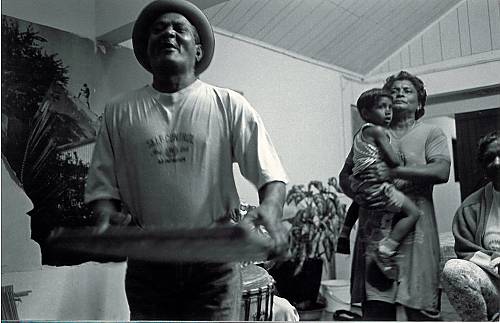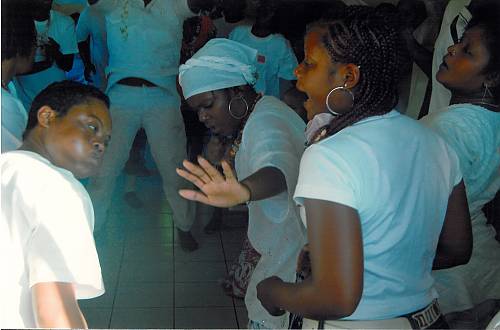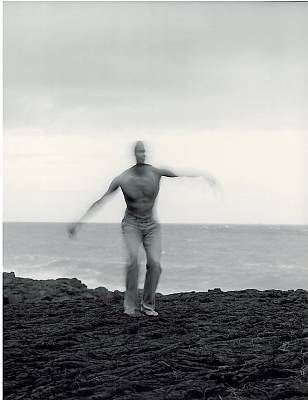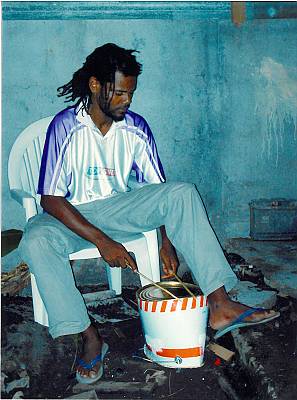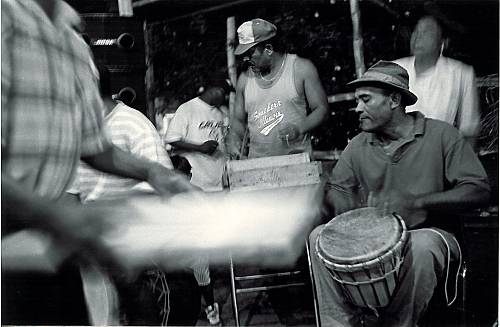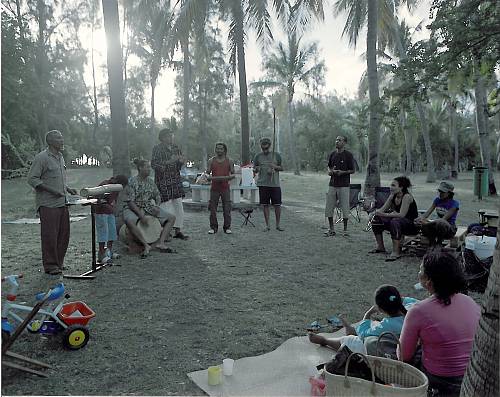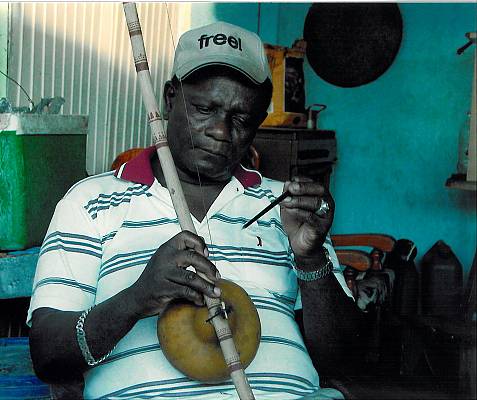Maloya
Inscribed in 2009 (4.COM) on the Representative List of the Intangible Cultural Heritage of Humanity

Maloya is a form of music, song and dance native to Réunion Island. Of mixed racial origins since its outset, maloya was created by Malagasy and African slaves on the sugar plantations and was eventually appropriated by the whole of the island’s population. Initially conceived as a dialogue between a soloist and a choir accompanied by percussion instruments, maloya exists today in an increasing variety of forms, both in terms of texts and instruments (the introduction of djembes, synthesizers, drums, etc.). Sung and danced on stage by professional or semi-professional artists, it is mixed with rock, reggae or jazz and inspires poetry and slam. Although originally dedicated to ancestral worship as part of a ritual, maloya has gradually over time become a song of lament against slavery, and for the past thirty years it has represented the island’s identity. Every cultural, political and social event on the island is accompanied by maloya, which thus became a vehicle for asserting political rights. Today, it is kept alive by 300 documented groups, including a number of world-famous artists, and by specialized music teaching at the Conservatoire de la Réunion. An element of national identity, an example of cultural mixing, a moral touchstone and a model for integration, maloya is nevertheless threatened by social changes and by the disappearance of its main exponents and the practice of venerating ancestors.
